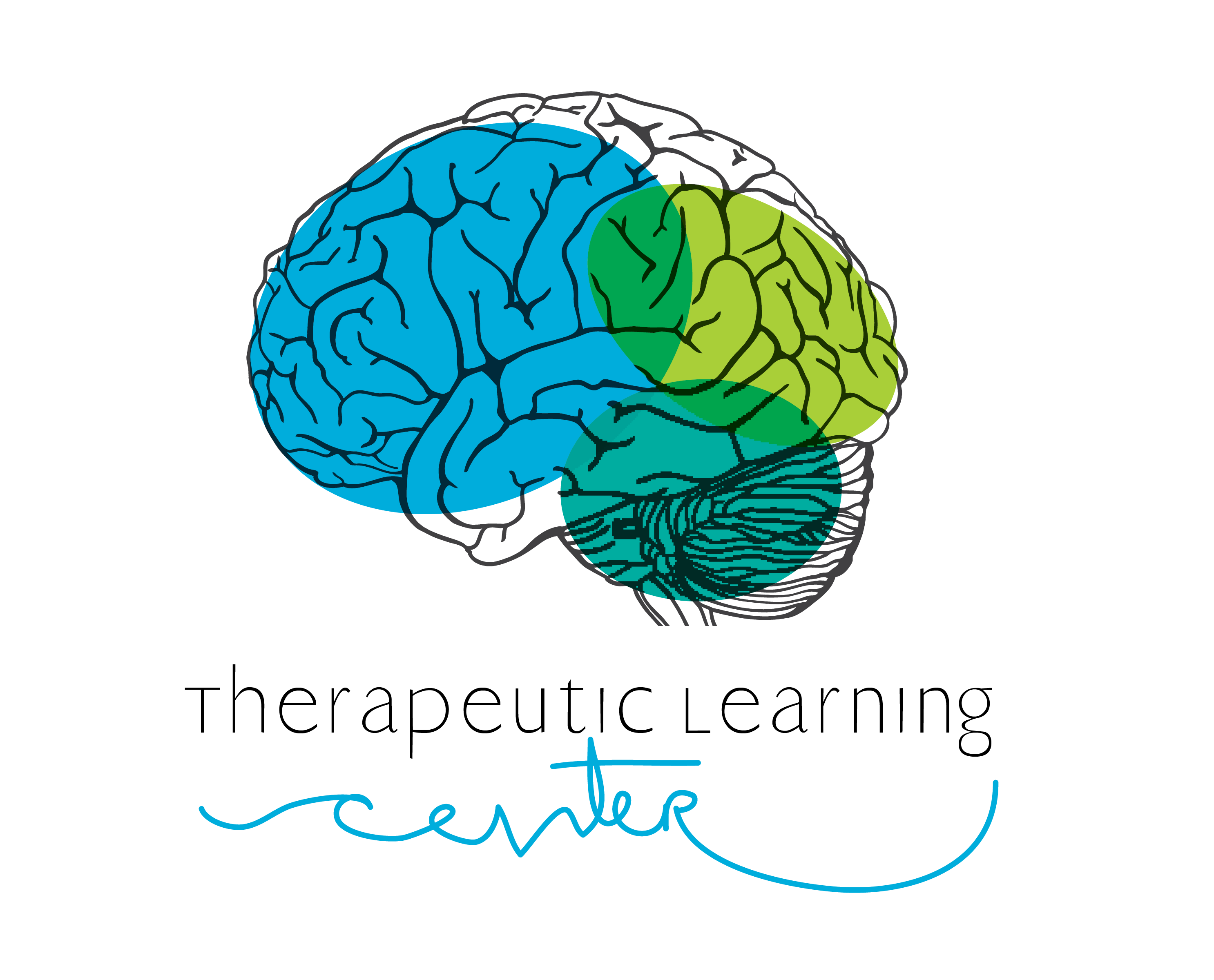5 Reasons Why Your Child’s Attention Problems Might NOT be ADHD. Meet 5  different Students with one common story. Jeremy wiggles constantly in his chair. It keeps him from getting his work done and is very distracting to the students sitting near him. Manny talks to his neighbors all the time instead of doing his work. He’sRead more



